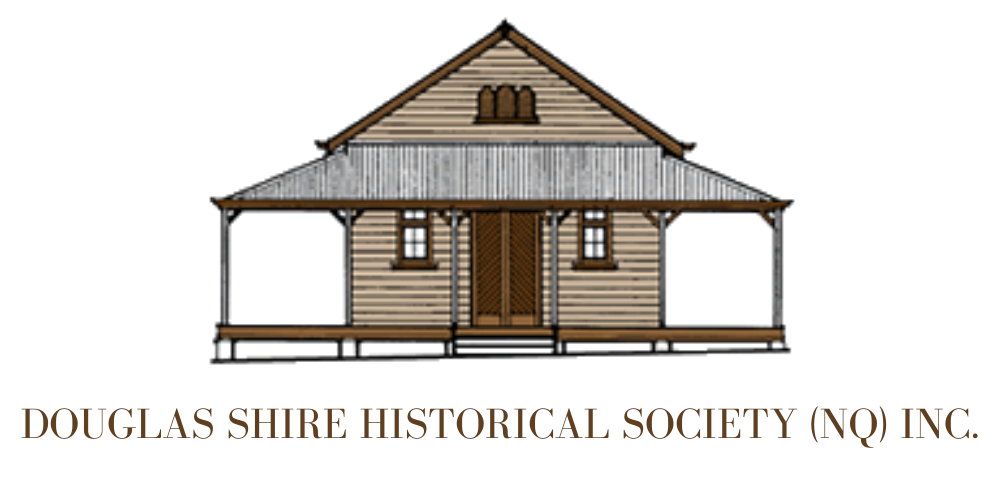Richard Daintree
Richard Daintree, a farmer’s son, was born at Hemingford Abbots, Huntingdonshire, England on 13 Dec. 1831. He matriculated at Christ’s College, Cambridge but abandoned his studies to join the gold rush to Victoria, Australia in 1852. In 1854 he joined the staff of the Victorian Government Geologist and went back to London to study assaying at the School of Mines. He also developed an interest in photography. He pioneered the use of a camera as an aid to geological field work. He visited North Queensland in 1863 and explored the Clarke River a tributary of the Burdekin. In 1864 he formed a partnership with William Hann in Maryvale station and resigned his position in Victoria. In 1868 he was appointed the Government Geologist in North Queensland and went to live in Townsville, having married Miss Foot. In 1871 he was appointed a special Commissioner to take Queensland’s exhibits, including minerals, to the London Exhibition of Art and Industry. At the close of the exhibition he was appointed Agent-General for Queensland in London, and was created a CMG on his retirement there in 1876.
He wintered in France for health reasons in 1878 but he died in Beckenham, Kent on June 20, 1878. He is buried, near Cambridge in Lolworth churchyard, where the Daintree family had an estate.
Richard Daintree never visited the Daintree area, which was named after by him in 1873 by George Augustus Frederick Elphinstone Dalrymple, a Scotsman who was searching for a suitable route north from the Cardwell district to the Palmer River gold fields.
Richard Daintree. State Library of Queensland.




